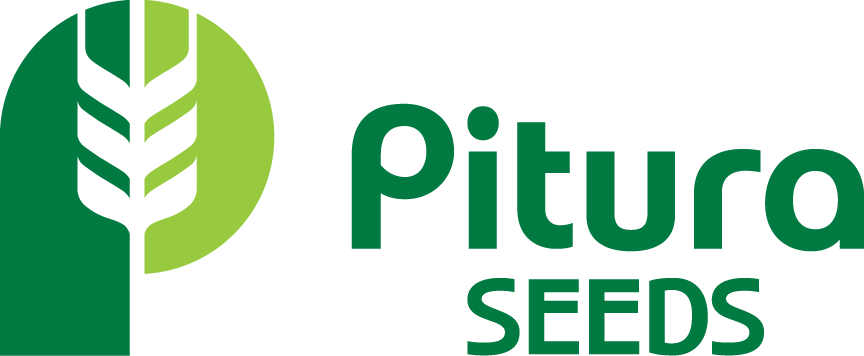AI Technology - Zooming Ahead
If you asked people 100 years ago to predict what 2023 would be like there would be a wide range of answers with some being more accurate than others. Some people predicted that cities would be enclosed in giant glass domes to control air pollution while others believed that teleportation would be a regular mode of transportation. Dr. Charles Steinmetz was an electrical engineer that in 1923, envisioned a world in 2023 that required no more than four hours of work a day due to the advancements of electricity and technology. In reality, we don’t have giant glass domes covering our cities or teleportation, but we do have technology that allows us to work efficiently – maybe not four hours per day efficient, but we’ve at least moved the needle.
Artificial Intelligence is a constant topic of discussion but everyone’s biggest question is how we can use it to our advantage. Some use AI to write books or create art but Argentinian company ZoomAgri is using machine learning for seed grading and variety determination. Currently, varietal purity is confirmed using PCR testing and/or gel electrophoresis to analyze DNA within the seed. These methods can be costly and time consuming. ZoomAgri’s equipment appears to be able to determine variety and grade within just minutes and they estimate that they can do so for approximately $30.00 per test. This could have a huge impact on the entire agricultural supply where testing and traceability plays such an important role. From seed growers being able to grade seed accurately in just minutes to maltsters being able to guarantee barley varieties at the time of delivery, I can see this technology being a fit at almost every level of the agricultural supply chain. As an example, seed growers are required to send in samples of all varietal blend (VB) wheat lots to ensure the proper percentage of refuge in order to maintain the midge tolerant gene. These tests range from $150 to $500 depending on pedigree. Although ZoomAgri’s products aren’t currently calibrated for Canadian wheat, I’m excited by the possibility that it could one day be used for this type of application as well as many others.
So how does it work? The equipment uses digital AI and machine learning to determine variety or grade. Once properly calibrated, the machine can take a picture of a seed sample and accurately produce a report of the varieties within that sample. Earlier this year, ZoomAgri contaced Todd Hyra – Western Business Manager with SeCan to test and calibrate their equipment with Canadian barley. Todd and team provided up to 20 different samples of as many of their barley varieties as they could get their hands on to give a range of seed grown in different geographies, environments and quality conditions. By using high pedigreed seed, they knew they were starting out with the purest version of each variety possible. The next step was to tell the machine what variety the samples were in order to calibrate it. It would then take a picture of the seed from the top and bottom and through machine learning, it would have that variety stored in it’s database. In order to show the effectiveness of the calibration, Todd also prepared a special sample that contained two different varieties. Once entered into the equipment, it took just over two minutes for the ZoomAgriOne to produce a report indicating the two varieties that Todd tried to ‘trick’ it with and their exact proportions within the sample. Being able to accurately determine variety in a few minutes and at a cost of around $30.00 is unheard of in the seed testing world.
ZoomAgri currently supports malting barley, wheat, corn, and soybeans in a number of different countries and have funding to continue testing in new markets with new varieties. Althought they are at a relatively early stage in Canada, I have high hopes for all the uses we would have for this type of technology. We might not be able to get everything done in four hours a day like Dr. Steinmetz predicted a centuray ago but we have the technology to at least shave off a couple of minutes. Any predictions for what will happen in the next 100 years?
For more information on ZoomAgri, you can visit their website at https://zoomagri.com/en/home/
~Thomas Cuddy
